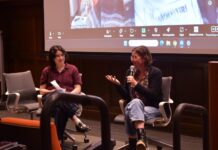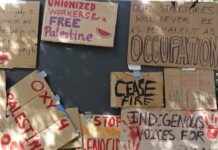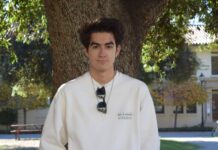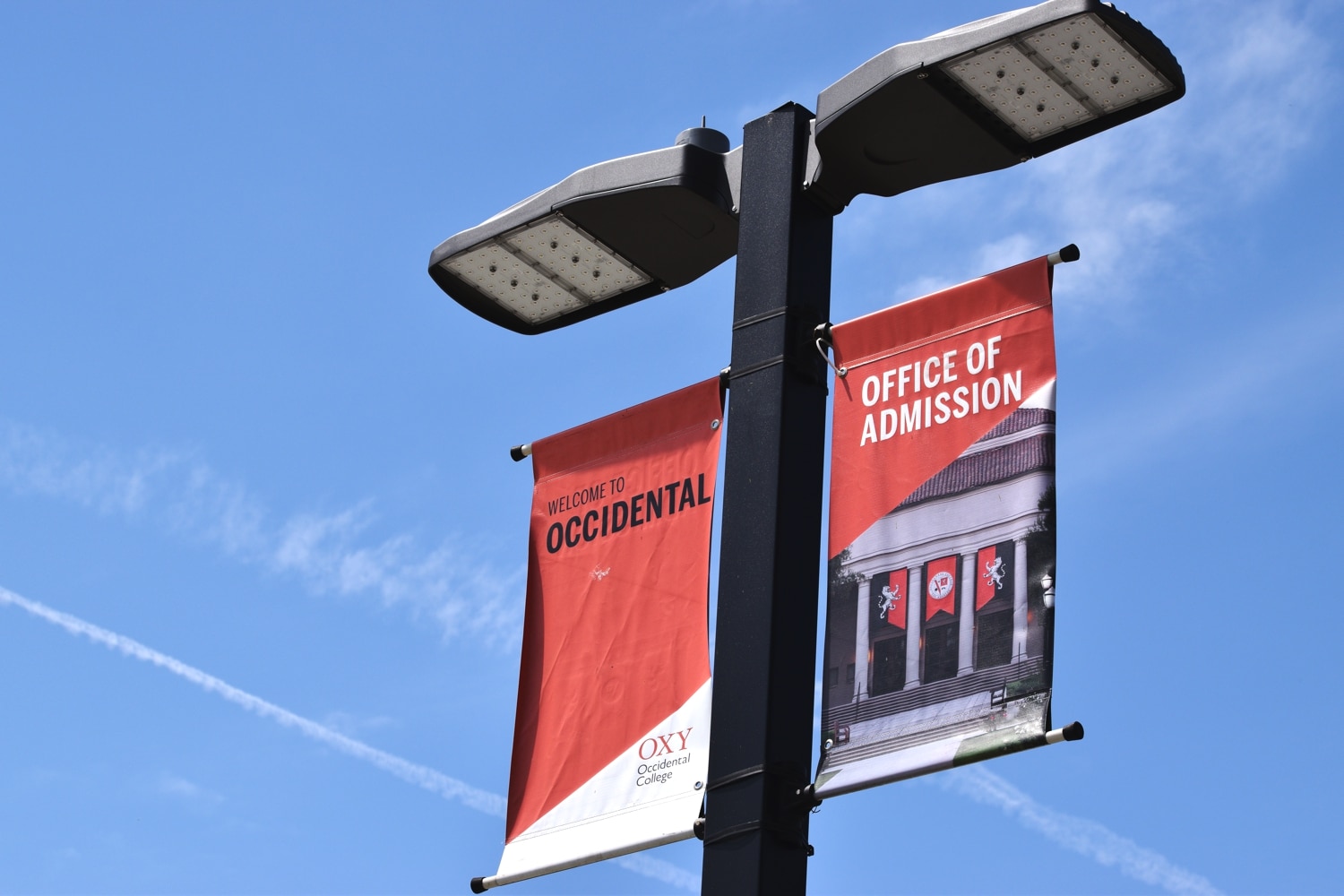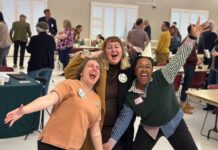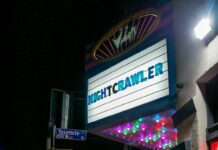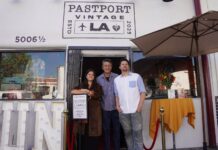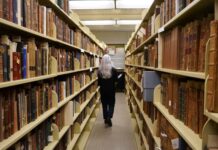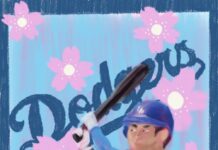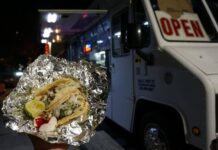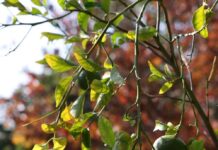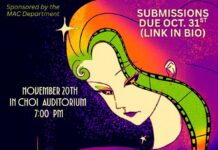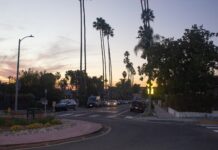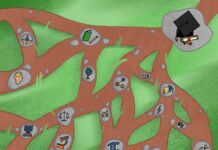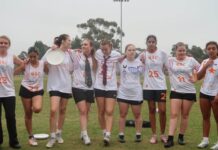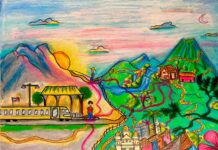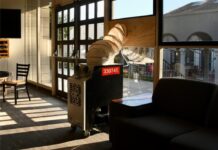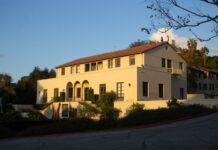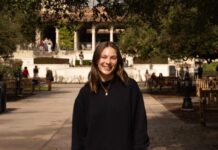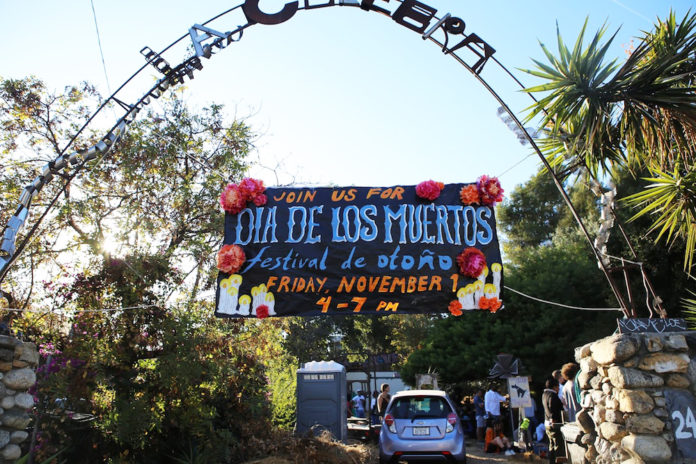
The Día de los Muertos Festival de Otoño in Highland Park will take place Friday, Nov. 1 from 4–7 p.m. The annual event is organized by Avenue 50 Studio in Highland Park and has been a part of the local community since the studio’s founding in 2000. Starting at Highland Park Metro Station, the festival begins with a procession that will culminate in a celebration in Culebra Park featuring performers, face painters, food vendors and local artists.
Kathy Gallegos, director and founder of Avenue 50 Studio, said it is important to host accessible community events like the Día de los Muertos Festival. According to Gallegos, when she opened her studio almost 20 years ago, Highland Park was different than it is today.
“It was definitely an underserved community,” Gallegos said.
According to Gallegos, when the studio opened in 2000, the importance of a community space for local artistry was apparent. Chicano and Latinx artists continue to face struggles having their artwork featured in galleries across LA, especially in the Westside, and Gallegos wanted to provide that space to them.
“If we can’t get into those galleries, then we’ll just do it ourselves. We have to do it ourselves,” Gallegos said.
By basing the gallery in Highland Park, Gallegos hopes to bring investment into the local community.
“I was trying to bring people with wealth to come to [Highland Park] and drop money into our community, because we needed it,” Gallegos said.
Gallegos said she wants places like Avenue 50 Studio to empower artists and community members alike by displaying art relevant to them. The Día de los Muertos Festival is one way Gallegos wants to serve the local community by preserving and celebrating a holiday important to Indigenous Mexican culture. Gallegos said that unlike Halloween, where costumes and macabre imagery are used to keep evil spirits away, Día de los Muertos is about the living paying respect to the dead.
“Día de los Muertos is more about the souls that have departed, but they’re not here to hurt us,” Gallegos said. “And that if we give them food, we give them what they love — their tequila, their beer, their wine and the foods that they love — they won’t hurt us, but they’ll help us.”
Gallegos said she is planning to include local artists and cultural performers in the event. According to her, it was important to organize the event on Nov. 1 — the day Día de los Muertos actually takes place. She said she wanted to make sure the celebration is in touch with its indigenous roots by providing altars, healthy traditional food from local vendors, crafts for kids, a traditional organ grinder and an open mic.
“[We’re] inviting the community to come out and to step up to the mic and to grace us with their art, whether that’s poetry, dance or music,” Gallegos said.
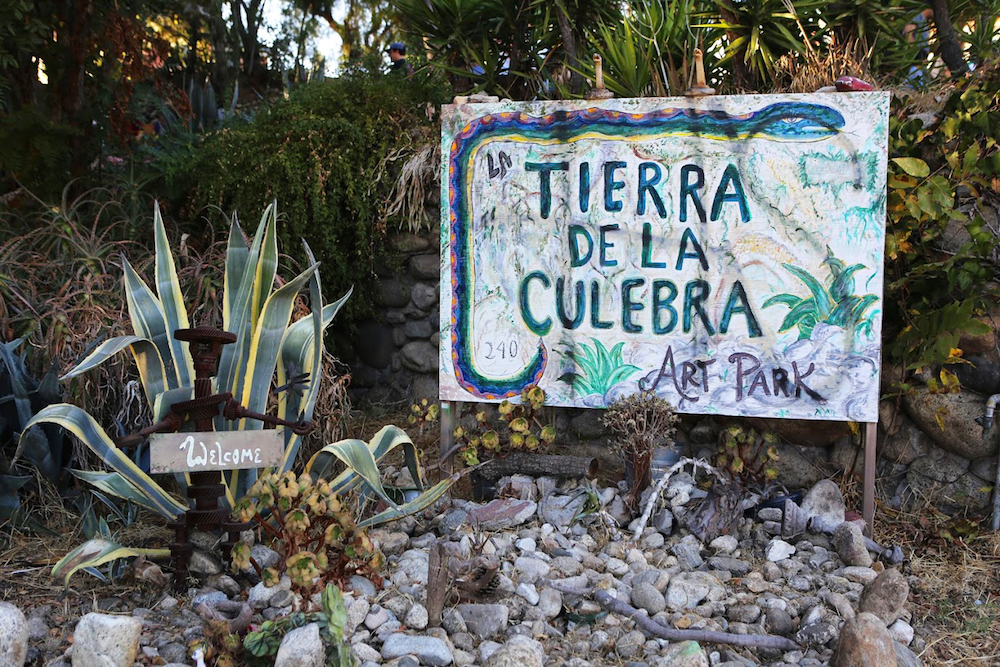
Frankie Fleming, coordinator of community programs at Oxy Arts, the community-based art space of Occidental College, said opportunities for Occidental students to take part in events such as the Día de los Muertos festival are a great way for those not familiar with the local community and culture to learn about it. Students who were involved in organizing the event helped with tasks such as designing a banner advertising the celebration and crafting paper flowers for decorations. Fleming said spaces like Oxy Arts and Avenue 50 Studio have a responsibility to make sure the art that gets displayed is from the community and is a part of the local culture.
For Occidental students who celebrate Día de los Muertos, respecting departed ancestors remains an important part of the holiday and of Mexican identity. Amanda Medina Segura (sophomore) said she learned about the holiday in high school. Segura, whose family immigrated to the Chicago area from Mexico, discussed how a field trip to the National Museum of Mexican Art for her AP Spanish Language and Culture class led her to begin celebrating the holiday. She said she was initially inspired by “ofrendas,” Spanish for offerings, and the art associated with them.
“Since then, I kind of gathered my own tradition of having an ofrenda up,” Segura said. “Back in high school, I would put a lot of effort into it because the aesthetic of your ofrenda is symbolic of your love for that person who passed.”
Segura described the beauty of decorating an ofrenda with flowers, food, water and photos meant as an offering for the dead’s travel to their family at night. She said ofrendas were a way to stay connected with her family, especially her great uncle, who would always give her gifts whenever he visited from Mexico.
“A lot of the times, for my ofrendas, I would put the gift that he had given me with a photo of him,” Segura said.
Celebrations of Día de los Muertos in Northeast Los Angeles are coming at a time where the landscape of the local community is changing. Highland Park is a historically Latino community and has been a center for Chicano art since the 1970s. According to a New York Times article, since the 2000s, gentrification in Highland Park has resulted in new businesses opening around the area, along with an increase in housing costs. In recent years the demographics of Highland Park have changed to become more white, young and college-educated, a trend that is reflecting the changing landscape of Northeast LA from Lincoln Heights to Eagle Rock.
For Occidental students who want to understand more about the local community and the cultural roots that define it, Gallegos said the best way to do so is to simply engage with the community and learn about it.
“The best thing to do is find out about where you’re living,” Gallegos said. “Find out about what community you’re in.”
![]()


